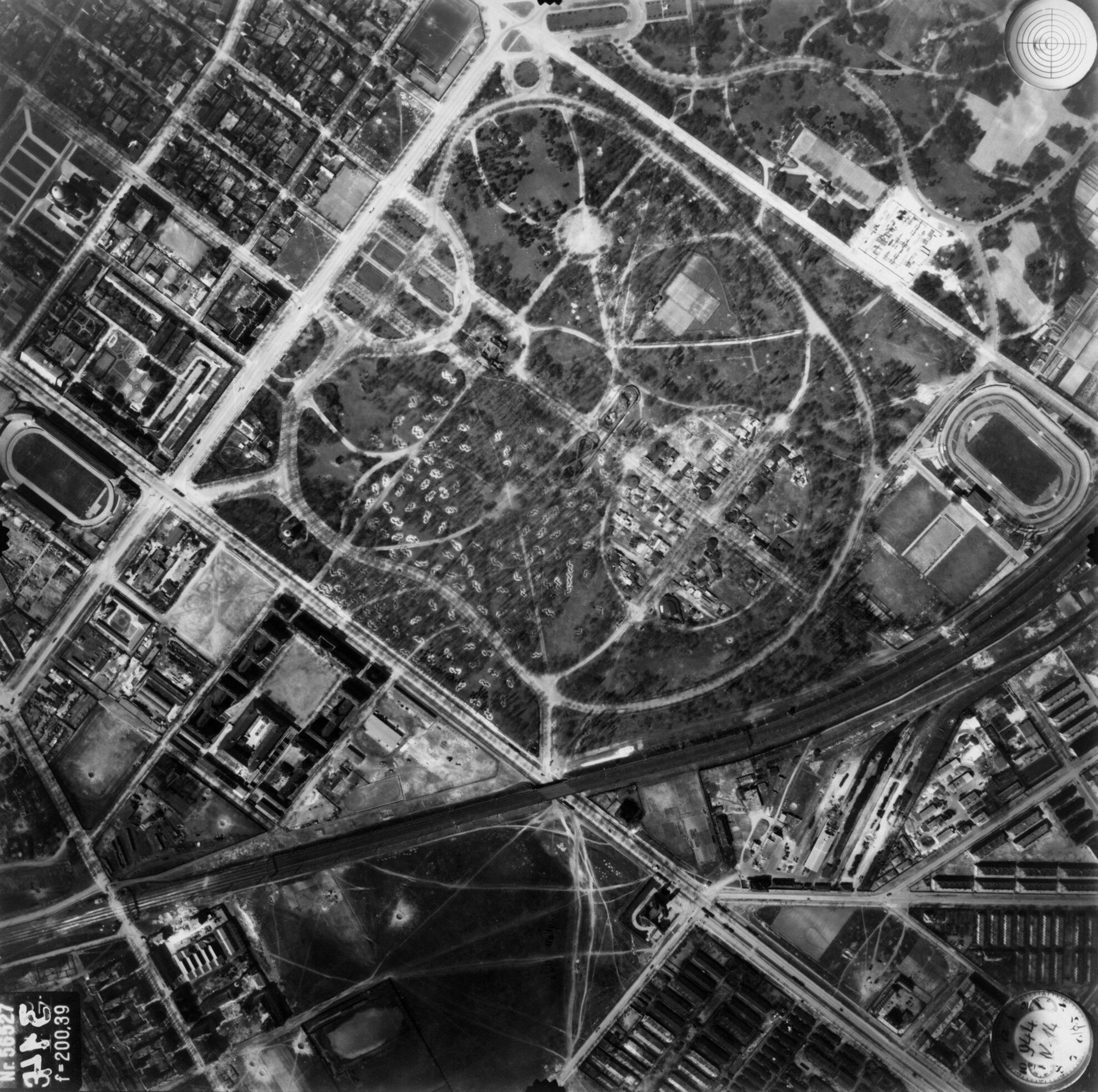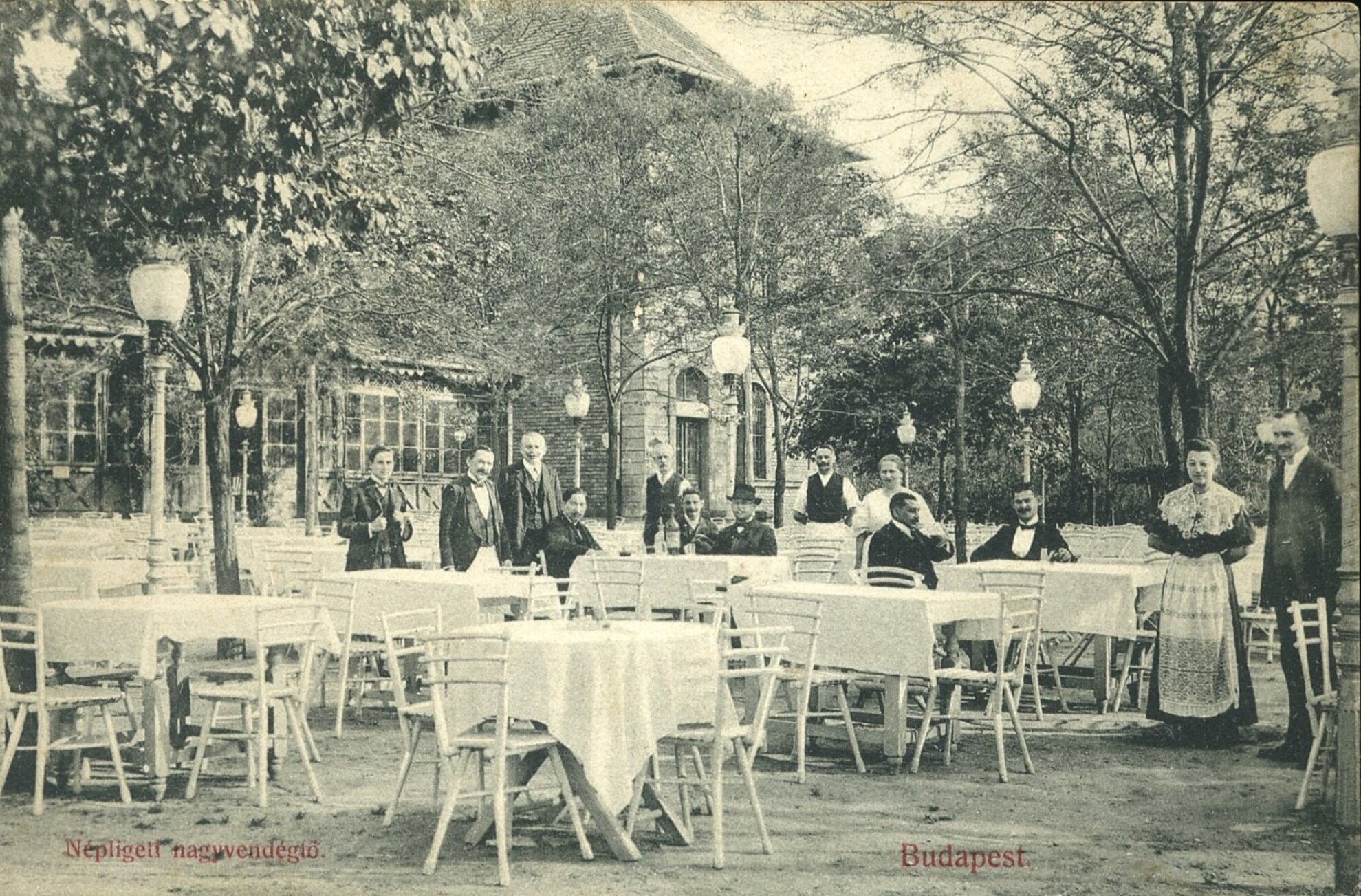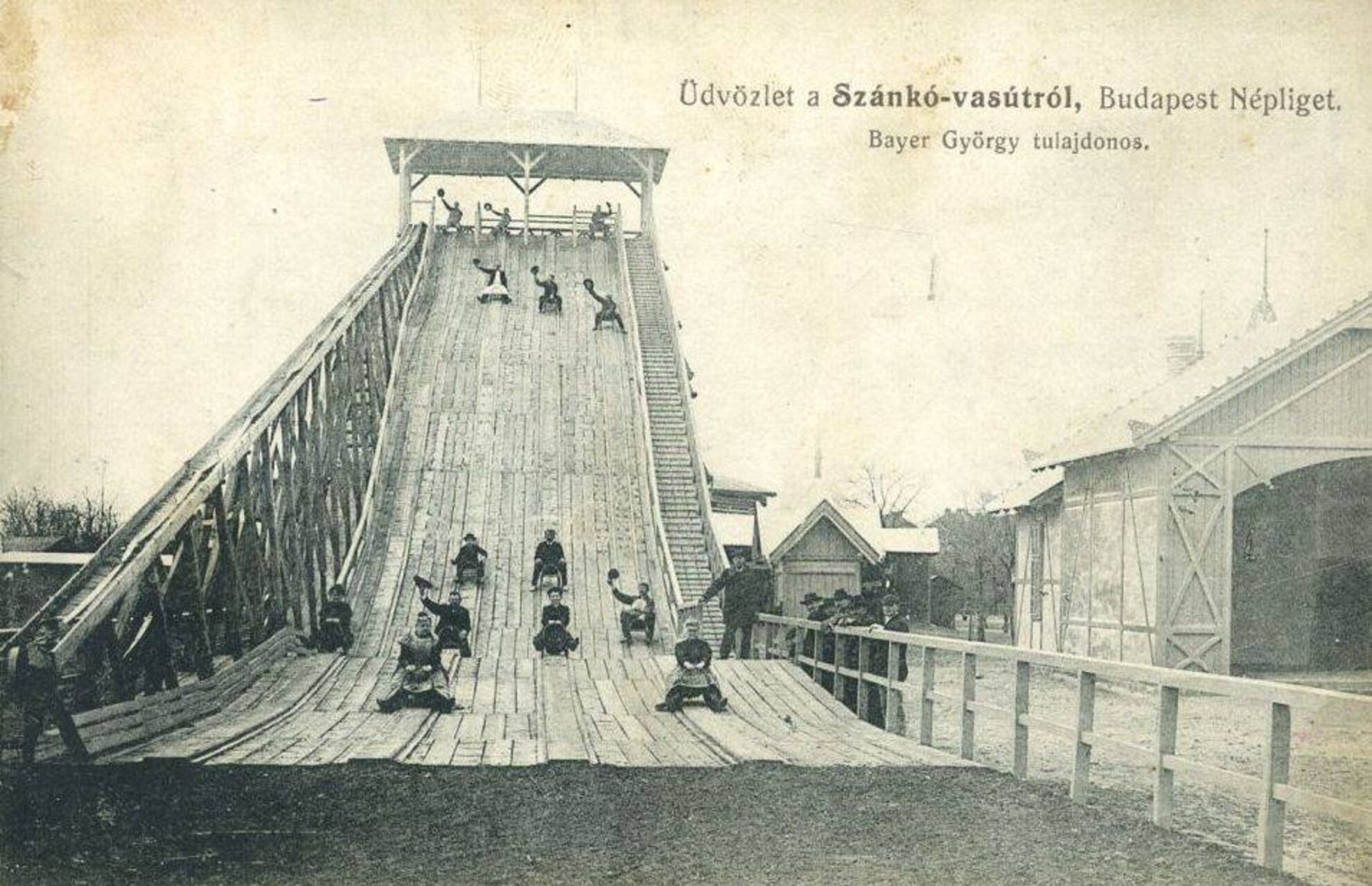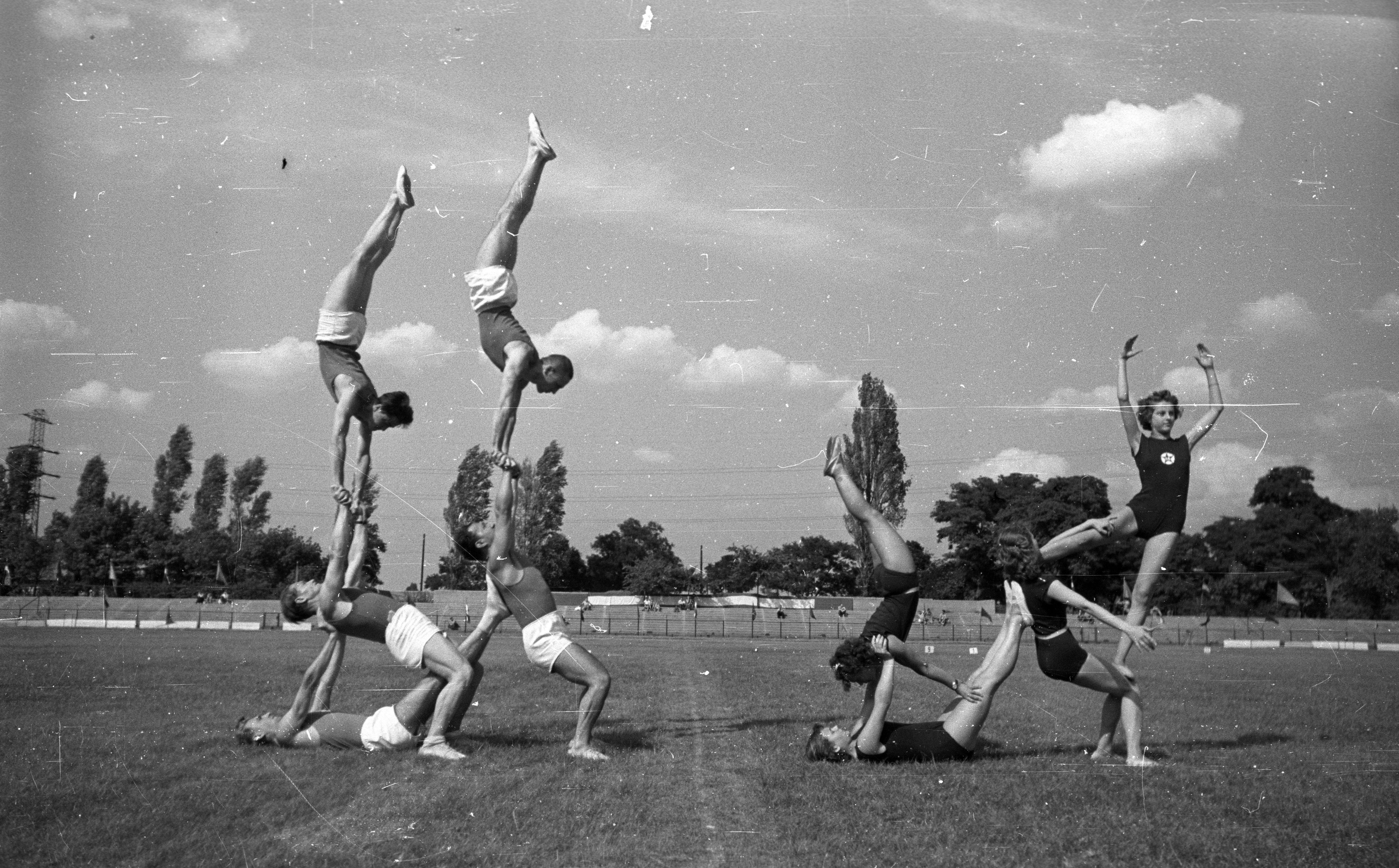Népliget, the 'People's Park', has been neglected for numerous years now, with its old attractions closed down and greenery left to decay. At the end of 2020, therefore, announcements of upcoming developments here were warmly welcomed.

At the same time, decaying Kőbánya nearby will soon be undergoing significant rehabilitation, with the Eiffel Workshop and the Transport Museum both being set up there. The Népliget station area will also be revamped to link with the southern railway development.

Népliget has had an ambivalent reputation since its establishment, due to its peripheral location, its lack of sanitation and its questionable public safety. The area functioned as a kind of sand quarry for the city until the 1850s, but its dusty air eventually became an issue for locals. Acacias were planted to deal with the quicksand, but they were short-lived due to the lack of water. The field was then used as pasture.

As Budapest kept developing, green areas became more and more necessary. By the end of the 19th century, the city council established parks and public spaces wherever possible, which included Népliget. The idea of a large park to be created near Üllői út first came up in 1867, as City Park slowly was becoming too small for everyone seeking fresh air.
The initial plans were created by Ármin Pecz – the designer of nearby Orczy Kert – which originally included themed locales, promenades, spaces for carriage rides and horse riding, as well as a large lake system. His plan wasn’t carried out in the end, but was honoured with a prize at the 1871 World Exhibition in London.

The large grove filled with sycamore, ash, maple and linden trees proved ever more popular, with its present appearance and road system designed by Keresztély Ilsemann. Although a strong competitor to City Park for a short period in its heyday in the 1930s, it only really appealed to the lower classes, especially workers residing at the Ganz-MAVÁG factory complex.
People were lured to the park with festivals,
fireworks, sports matches and a large rollercoaster, but many still chose to
avoid the area, and for good reason – the lack of proper public lighting made
the more genteel feel uncomfortable and often unsafe here.
Once, however, the park was full to the brim – the first Grand Prix to take place in Hungary was held in Népliget in 1936. Hundreds of thousands of spectators filled the space to watch the race, including celebrities such as Hungarian leader Miklós Horthy.

Unfortunately, there is nothing left here now of the former toboggan course, shooting gallery, cinema or confectioneries. Népliget Restaurant, the largest eatery in Budapest at the time of its construction, was finally demolished a few years ago, and the puppet theatre burned down in 2011.
It was nationalisation under Communism that led to the park’s demise, as everything that could in some way be related to capitalism was shut down by decree. From then on, the money and energy invested into Népliget decreased and, along with them, any hope of development. Interestingly, a planetarium was built here in 1977 all the same – which has since been shut down as well.

The history of Népliget has not been a smooth one. Although the park’s crime statistics are not higher other public spaces in the city, its reputation is still shady. The winds of change are already blowing however, and the first renovation plans are expected to be revealed later this year.




